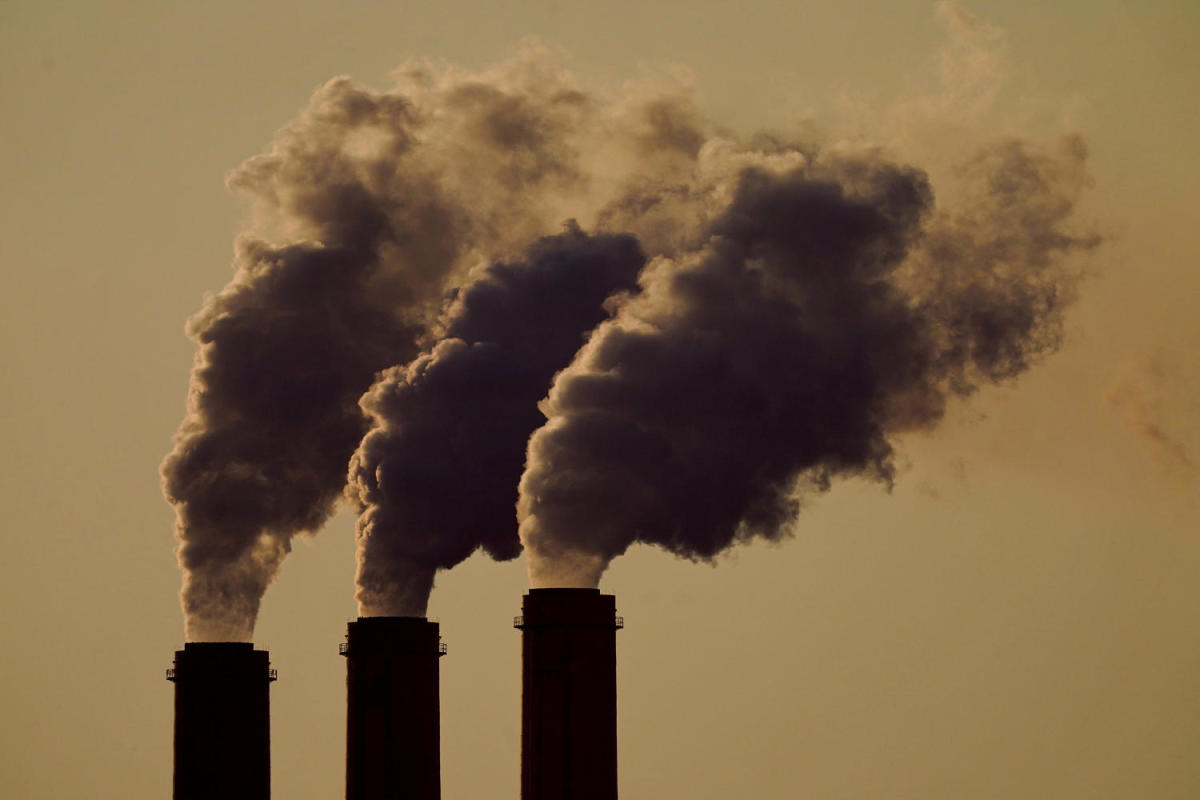WASHINGTON — The Supreme Court on Thursday blocked a Biden administration environmental regulation aimed at curbing harmful air pollution that flows from one state to another and contributes to the formation of smog.
In doing so, the court voted 5-4 to grant requests from three Republican-led states — Indiana, Ohio and West Virginia — and several affected industries, including natural gas pipeline operators. The decision is preliminary; the lawsuit is ongoing.
The Environmental Protection Agency’s rule applied to 23 states, though lower court rulings have blocked it in a dozen states.
Environmental groups that had banded together to defend the rule, including the Sierra Club and the Environmental Defense Fund, criticized the decision.
“Today’s decision is deeply disappointing. It will almost immediately result in pollution that endangers the health of millions of people,” the groups said in a statement.
West Virginia Attorney General Patrick Morrisey was among those challenging the regulations. In a statement, he said the challenged regulations would put additional pressure on the electricity grid.
“This Supreme Court decision is correct, but the EPA will continue to try to legislate and circumvent Congress’ authority,” he added.
In the majority opinion, Justice is Neil Gorsuch wrote that the EPA’s decision to implement the rule even though it was partially blocked was part of the problem, as the agency did not indicate how effective the regulation would be if it were only partially in effect.
The administration failed to demonstrate “whether the cost-effectiveness analysis it collectively conducted for 23 states would produce the same results and require the same emissions control measures if, for example, it were conducted for just one state,” Gorsuch wrote.
Conservative judge Amy Coney Barrett sided with the court’s three liberals and disagreed with the outcome.
She wrote that the court had blocked a key rule on air pollution “based on an undeveloped theory that is unlikely to prevail on the facts” when the legal issue is ultimately decided.
The Supreme Court, which has a 6-3 conservative majority, is skeptical of the broad exercise of federal regulatory powers, including the environment.
As a result, the country is open to legal challenges from Republican attorneys general and industry groups that have long complained about the EPA’s aggressive use of its regulatory powers.
The EPA’s “Good Neighbor Plan” was announced last year in an effort to curb nitrogen oxide pollution from industrial facilities. If fully implemented, it would apply to 23 “upwind” states whose emissions could contribute to pollution in “downwind” states.
According to the EPA, the plan, based on a requirement in the Clean Air Act, would help prevent premature deaths, reduce emergency room visits and reduce asthma symptoms by limiting the amount of smog.
Normally, states are given the opportunity to create their own pollution control plans. Each state is required under the Clean Air Act to be a “good neighbor,” meaning they must address pollution that could cause other states to fail to meet their own obligations.
The EPA can step in to adopt its own plan, which happened last year. The three states complained about the federal government’s approach, saying, among other things, that they did not have enough time to come up with their own plans.
In two other major recent environmental cases before the Supreme Court, the EPA lost both times.
In 2022, the court limited the agency’s ability to use the Clean Air Act to combat emissions that contribute to climate change. Last year, the court weakened the landmark Clean Water Act by limiting the EPA’s oversight of wetlands.
This article was originally published on NBCNews.com
